Very few artists in history have lived through 3 different art movements. This makes the career of Élisabeth Vigée Le Brun (1755-1842) quite special.
She became the favorite portraitist at the French court during the final years of the Ancien Régime. The Rococo artist produced dozens of portraits of the royal family during this period.
In this article, you’ll discover some of the most interesting facts about Marie Antoinette with a Rose by Élisabeth Vigée Le Brun, a Vigée Le Brun painting that embodies the Rococo paintings of the 18th century.
1. It was painted shortly after she was hired by the French Queen
Élisabeth Vigée Le Brun was the daughter of a portraitist named Louis Vigée (1715-1767). He was a member of the painter’s guild in Paris called the Académie de Saint-Luc.
Although he passed away when she was only 12 years old, he was the one who taught his young daughter to become a painter.
She became a member of her father’s guild in the 1770s and she married Jean-Baptiste-Pierre Le Brun (1748-1813). He was a painter and art dealer and the marriage freed Élisabeth to sharpen her skills.
By the early 1780s, her talent had exceeded that of just about all of her contemporaries and she was hired by the French Queen Marie Antoinette (1755-1793).
She completed this painting titled Marie Antoinette with a Rose in 1783.
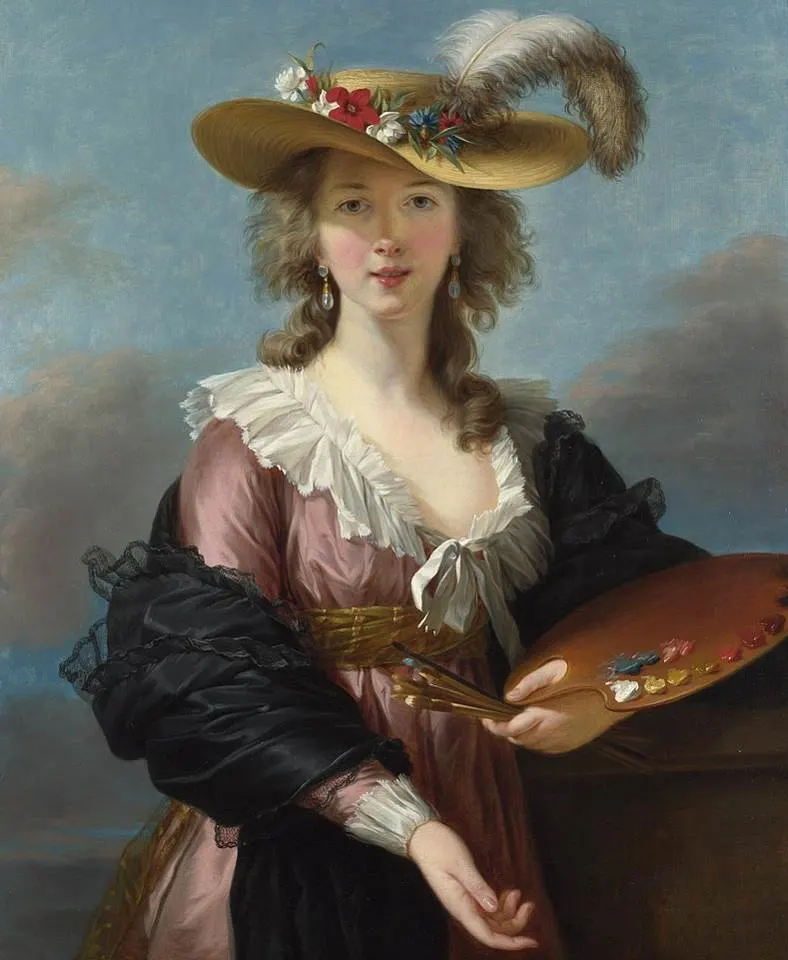
2. It’s one of the more than 30 portraits that the artist produced of her
We can be sure that Marie Antoinette both loved the company and the painting skills of Vigée Le Brun. The young French artist was the same age as the French Queen as both were born in 1755.

Painted in the typical Rococo palette, this frivolous painting was one of the more than 30 portraits that Vigée Le Brun painted of the French Queen, often including her family.
The year she completed this painting was also the year that she was granted access to the Académie royale de Peinture et de Sculpture.
This was an honor that only 15 women earned between its establishment in 1648 and the French Revolution in 1793.
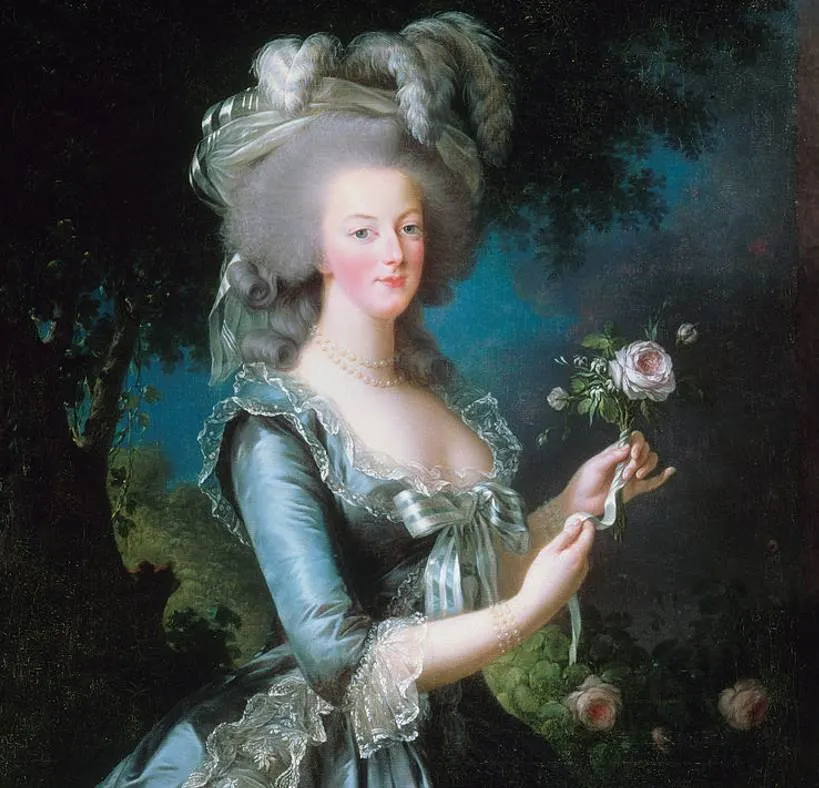
3. The painting was displayed at the Paris Salon of 1783
Even though she painted nearly 3 dozen portraits of Marie Antoinette and her family, she wasn’t the official court painter of the French Queen.
She was just incredibly talented and a bit lucky to catch the attention of the Royal Family. Although the members of the French court weren’t as lucky several years later when the Revolution broke out.
The French Queen commissioned this painting in May 1783, especially for it to be displayed at the Paris Salon that year. This was the most prestigious art event in France and even the Western World.
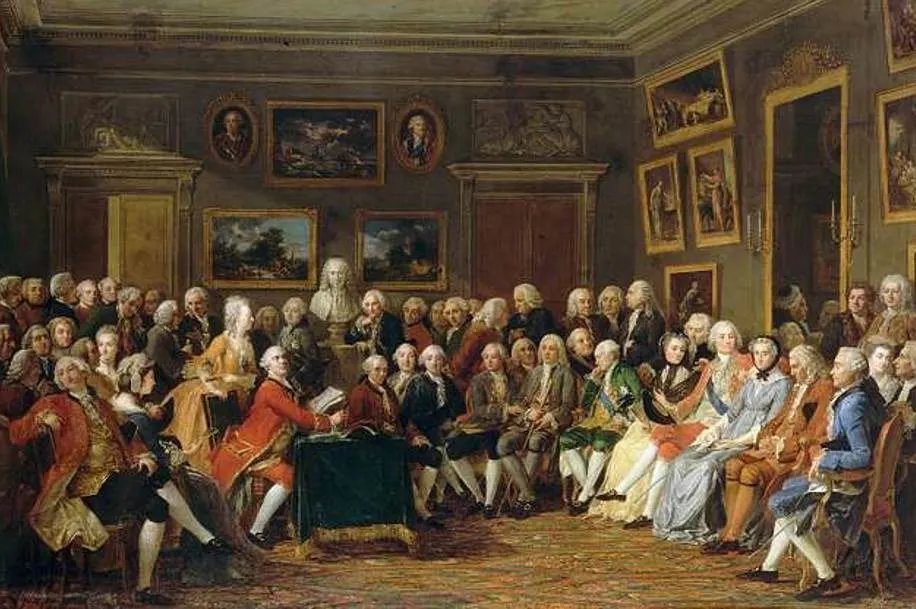
4. It wasn’t the original painting at the Salon because that one caused a scandal
What’s remarkable about Marie Antoinette with a Rose is that this wasn’t the original painting that was displayed at the Paris Salon.
Vigée Le Brun originally painted Marie Antoinette wearing a casual dress, something she wore away from the restrictions of the court at her palace called the Petit Trianon.
The visitors to the Paris Salon were shocked to see the French Queen like this and it caused a big fuss.
This certainly didn’t help the already dwindling reputation of Marie Antoinette, who was Austrian, an enemy of France at the time.
This painting was titled Marie-Antoinette in a Muslin Dress (1783) and although the original version that was displayed at the Salon has been lost, the artist made several variations of it afterward.
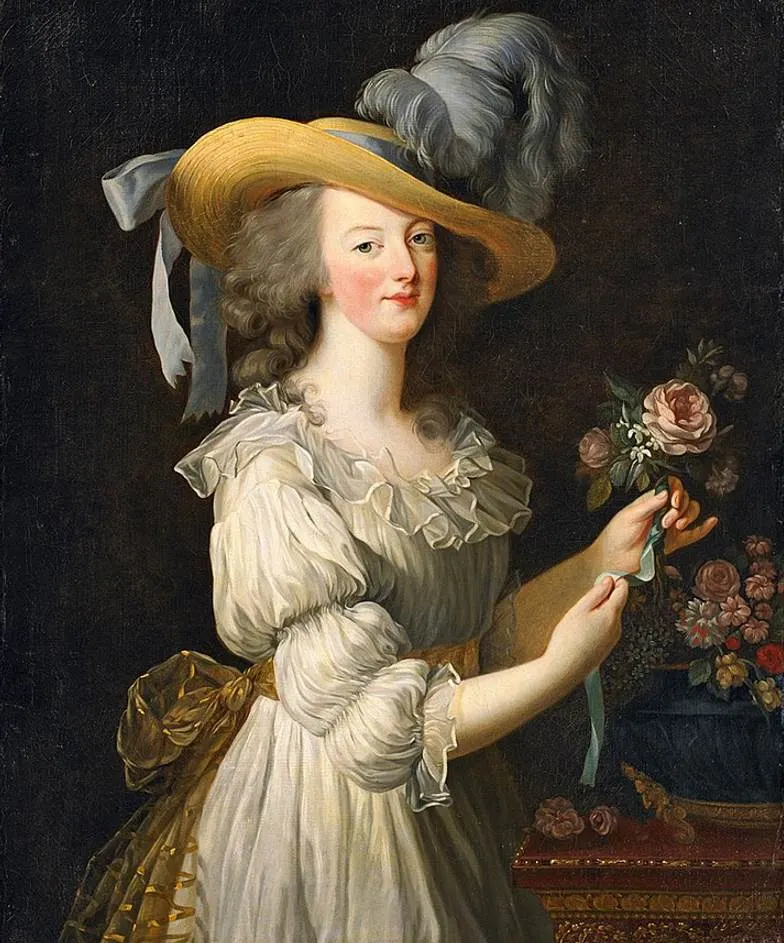
5. The artist made a few adjustments to save the Queen’s reputation
The white dress worn by Marie Antoinette was designed by the first popular French fashion designer in history, Rose Bertin (1747-1813).
Despite this notion, people at the time found it inappropriate for the French Queen to be dressed like this. Yes, these were completely different times.
What made things worse is that the silk used to produce this dress was imported. The 1780s was a period of intense financial instability in France and the French silk industry was suffering a lot.
The painting was quickly removed and replaced by the painting in which Marie Antoinette wears a fine blue silk dress that was produced using French materials.

6. A family portrait of the Queen didn’t help to save her during the Revolution
We all know the story of the French Revolution and the dreadful events that resulted from it.
This includes the execution of numerous members of the French Royal Family, including King Louis XVI and his Queen Marie Antoniette.
Because she was afraid for her life, Élisabeth Vigée Le Brun fled France and lived and worked in Italy, Germany, and even Russia for well over a decade.
Perhaps she had good reason because she tried to sway the public opinion about the Queen by painting her along with her family.
She painted “Marie Antoinette and her children” in 1787, just 2 years before the French Revolution broke out and 5 years before she was executed by guillotine.
This painting was commissioned by her husband Louis XVI. The artist included an empty cradle a reference to the child she had lost shortly before.
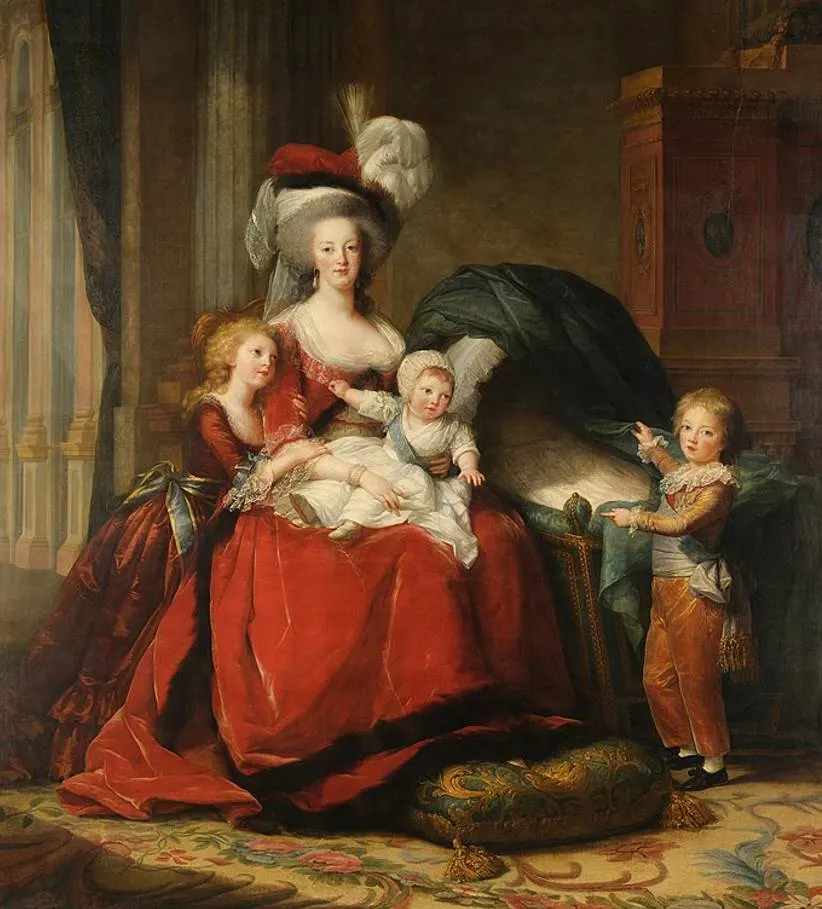
7. How big is Marie Antoinette with a Rose by Élisabeth Vigée Le Brun?
While Marie Antoinette and her family is a huge painting with dimensions of 275 × 216.5 centimeters (108 × 85.2 inches), her portrait is much smaller.
Marie Antoinette with a Rose is an oil on canvas painting that has dimensions of 116.8 × 88.9 centimeters (46 × 35 inches).
8. Where is the painting located today?
Élisabeth Vigée Le Brun was one of the most prolific portraits of the late 18th and early 19th centuries. She produced 660 portraits and over 200 landscapes as well.
Her paintings can be found in museums all around the world. This painting didn’t travel too far because it’s part of the collection of the Palace of Versailles just outside of Paris.

